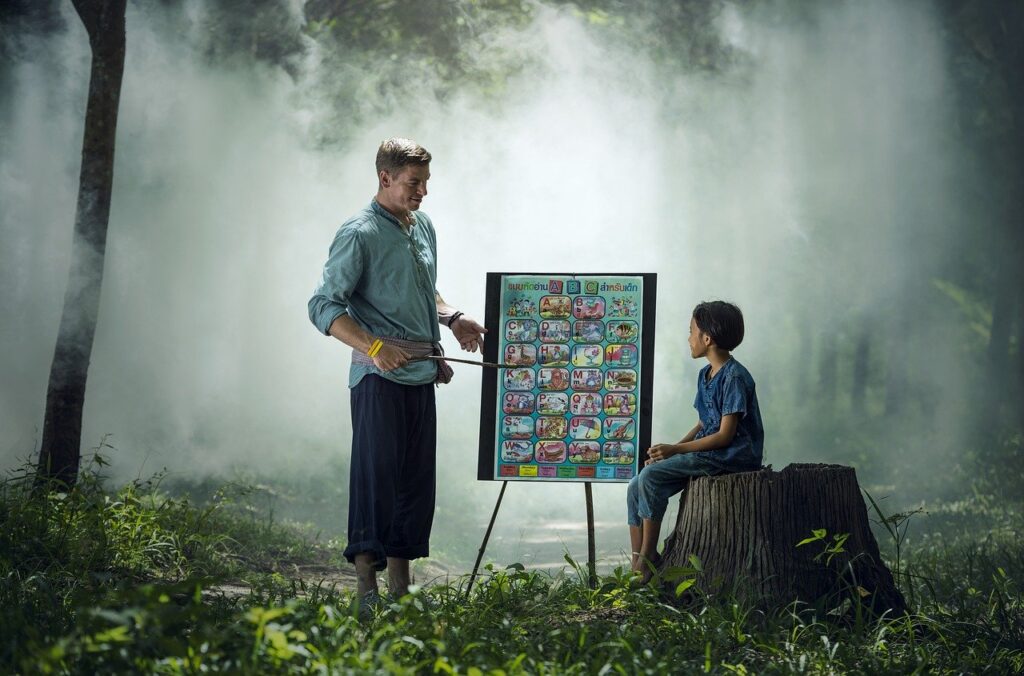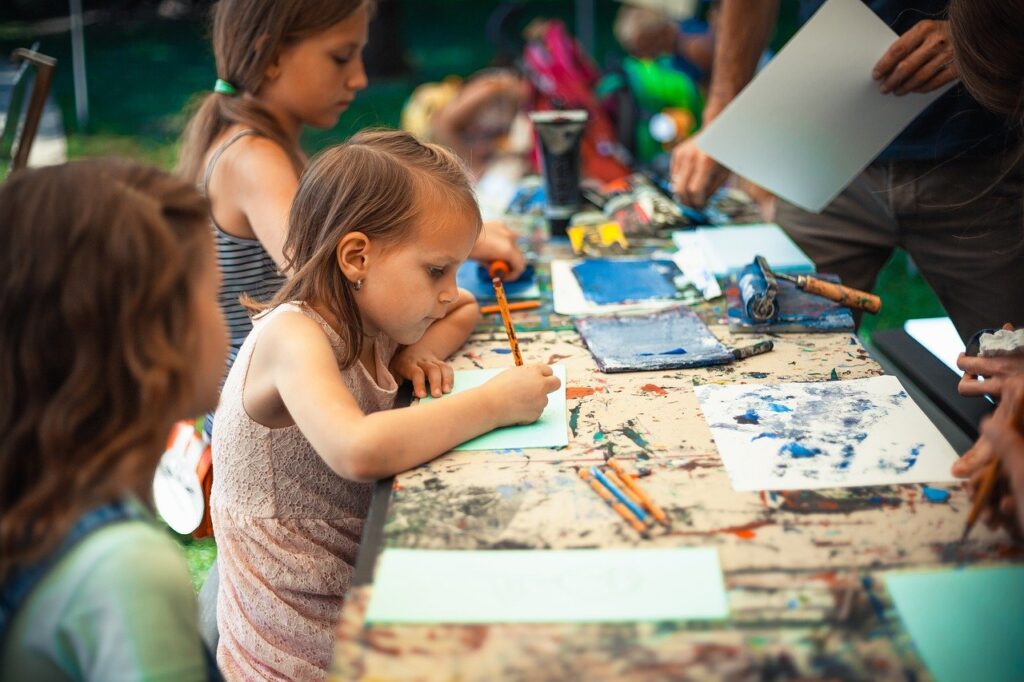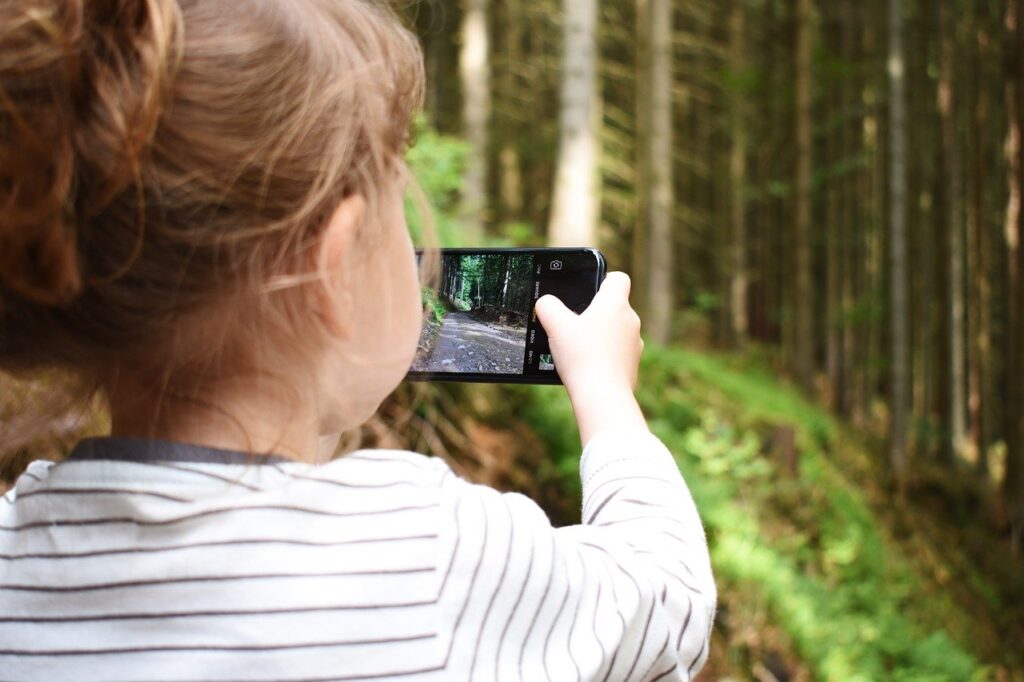Gone are the days of being successful through rote-learning. Way more than just memorizing facts, education today is about learning how to learn and become a critical thinker. In the changing dynamics of the technological revolution, it is imperative to facilitate learning based on experiences, critical thinking, creativity, innovation, problem-solving, and application of concepts. We are preparing the Gen-Z to adapt to the growing yet everyday evolving job markets of science, technology, engineering, and math. And, this translates into the acronym STEM. The education system is quite familiar with the STEM learning approach. However, to meet the real need for 21st-century skills, where 60% of future jobs are not yet known, we need to promote STEAM learning and education. Let’s discover what STEAM is, how it is different from STEM, and how to learn based on this approach?

Why the addition of ‘A’ in STEAM?
“Where science ends, art begins.”
– Charles Nègre, a 19th-century photographer
The above quote perfectly sums up the notion of STEAM learning. The ‘A’ in STEAM stands for Arts, making it a potent combination of science, technology, engineering, arts, and math. The STEAM moves a level ahead of STEM learning as an educational approach by incorporating and combining arts and science. STEAM aims to strengthen the foundation and application of STEM through arts and design. More than just studying the subjects in discrete silos, STEAM thinking embraces the philosophy of integrated learning – that resembles real-life learning and problem-solving. It encompasses teaching life skills for kids, which they will use in the workforce and in real life. In the 21st century, rarely does any job require only one skill. For instance, an architect must be equipped in arts, design, engineering, science, and technology. Similarly, a photographer has to align both visual aesthetics and the science of camera and optics.

Simply put, rather than teaching subjects in isolation, STEAM focuses on interdependent and integrated learning that resembles real life. The complexity and intricacy of the world cannot be captured by boxing it in well-dispersed categories of subjects. By implementing the STEAM principles in our classrooms, we can make our children understand how arts and STEM complement each other. Their amalgamation shall allow for more innovation, creativity, critical thinking, and coherent education.
STEM vs STEAM
STEAM has everything encompassed in it that STEM has; however, it has an edge over STEM. Below is a table where we have enumerated the fundamental differences between the two concepts of education:
| STEM | STEAM | |
|---|---|---|
| Stands for | Science, Technology, Engineering, Math | Science, Technology, Engineering, Arts, Math |
| Based on | Inductive and Deductive reasoning Problem-solving Problem sensitivity | Creativity and Innovation Critical thinking and Problem solving Collaboration and Communication Flexibility and Adaptability Social and cultural skills |
| Requires | Scientific interest Science Literacy | Interpretive skills A knack for disciplines such as visual art, dance, music, theatre |
| Advantages | It helps students become self-reliant and better problem-solvers, innovators, inventors, logical thinkers | Provides well-rounded and holistic education for children Deepens learning in different areas Better academic achievement Engaged and Fun learning in the classroom Facilitates Inclusive education |
STEM programs provide experiential-based learning opportunities; however, they are only limited to science, technology, engineering, and math. On the other hand, STEAM can facilitate the learning experience to the next level by integrating these domains through arts. This approach requires an intentional link between standards, assessments, and lesson design and implementation. Thus, the STEAM programs weave together the 4 C’s of 21st-century skills, encompassing life skills for kids:
- Collaboration – Working together to achieve goals
- Communication – sharing, discussing, and listening to ideas, thoughts, questions, and solutions
- Creativity – open to new experience, thoughtful risks, and generating ideas
- Critical Thinking – concept application, analysis and reasoning, and finding solutions to problems

How to learn based on STEAM principles?
- Exploration – Inquiry and curiosity are the heart and soul of STEAM learning. For in-depth questioning, finding unique solutions, and out-of-the-box thinking, we have to nurture our children’s ability to pay close attention to details in their environment. Encouraging inquisitiveness, problem-solving, and process-based learning can be ground pillars to facilitate the above two factors.
- Integration– Inclusiveness of various streams is imperative in this approach. Since STEM is the original root, it does not mean that arts in the form of language, social studies, or design take a backseat. Students learn to connect through STEAM that helps them quench their curiosity.
- Visual learning and Visual thinking – Visual learners are better at problem-solving and approaching complex situations in the real world. Integrating text in visual work and encouraging students to grow their visualization skills can help them better understand the concepts. Content taught through VISTA (Visual, Image, Sound, Text, and Animation) concept is better retained and understood.

- Application – Deep-diving into questions and rigor to find solutions are just the starting points. Learning while you apply leads to building a better neural network in the brain and helps create an in-depth understanding of concepts.
- Communication – This principle holds importance for both children as well as educators. A healthy communication channel facilitates better understanding, empowers enhanced knowledge, and enables better creativity. Essentially, the educators engage in reciprocal teaching, where they involve children through a dialogue of questioning, clarifying, and summarizing. An open sharing of thoughts can give wings to the ideas and creativity of our children.
By taking into account our children’s natural curiosity and self-discovery process, STEAM learning can help in personalizing the learning experiences. We have to create opportunities for our children where their creativity grows and ignites their inner world of imagination. With the backing of their skills as their armour, we have to let our children explore the world and let them find their unique paths!

